 (资料图片)
(资料图片)
巴西(Brazil)
正式名称巴西联邦共和国
南美洲中部国家。面积约8,511,965平方公里。人口约172,118,000(2001)。首都︰巴西里亚。巴西的种族在殖民时期早期就已开始混合,未混血的人种极少,这些印第安人多半居住在移民难以到达的亚马逊河盆地最僻远地区。语言︰葡萄牙语(官方语)。宗教:天主教和传统的印第安人及非洲的宗教信仰。货币︰雷阿尔(real)。巴西可分为好几个地形,但主要是亚马逊河盆地和巴西高地(高原)。巴西高原平均海拔1,000公尺,主要位於东南部,而位於北部的亚马逊盆地海拔不到250公尺。亚马逊盆地(已知约有1,000多条支流)占有该国面积的45%左右。境内其他的河流包括圣弗朗西斯科河、巴纳伊巴河、巴拉圭河、上巴拉那河和乌拉圭河。沿大西洋的海岸线外除了亚马逊河河口的马拉若岛、卡维亚纳岛以及北部的马拉卡岛之外,没有大的岛屿。优良港口有贝伦、萨尔瓦多、里约热内卢、圣多斯和阿雷格里港。巴西广大的森林是许多产品的来源,而稀树草原是饲养牛只的优良场地。农业占有重要地位,矿物资源也十分丰富。巴西属开发中的市场经济,以制造、金融服务和贸易业为主。政府形式为共和国,两院制。国家元首暨政府首脑是总统。
对於巴西早期原住民的情况知之甚少。虽然从理论上讲,根据1494年的「托德西利亚斯条约」该地区归属葡萄牙,但直到1500年卡布拉尔偶然到达这块土地後才正式宣布对它的所有权。1530年代初葡萄牙人首先在东北海岸和圣维森特(今圣保罗附近)定居;在下一个世纪里,法国人和荷兰人也建立了一些小的居民点。1640年建立了总督辖区,1673年里约热内卢成为首都。1808年当拿破仑入侵葡萄牙时,巴西成为葡萄牙国王约翰六世的避难所及政府所在地;最终宣布成立葡萄牙、巴西和阿尔加维(Algarves)联合王国,1815~1821年约翰在巴西实行统治。约翰回到葡萄牙後,佩德罗一世宣布巴西独立。1889年他的继承人佩德罗二世被废黜,采用托管联邦共和国的宪法。20世纪移民增加,制造业成长,同时又经常发生军事政变并中断人民的自由。在巴西里亚建设新首都,意在促进内陆地区的发展,却加剧了通货膨胀。1979年以後,军事政府逐渐采取民主措施,1989年举行二十九年来的第一次总统普选。1990年代末遭遇严重的经济危机。
English version:
Brazil
Nation, central South America. Area: 3,284,426 sq mi (8,506,663 sq km). Population (1997 est.): 159,691,000. Capital: Brasília. Brazil"s ethnic groups have intermixed since the earliest days of its colonial history. Unmixed elements are rare, with those Indians untouched by immigration restricted to the most remote parts of the Amazon Basin. Language: Portuguese (official). Religions: Roman Catholicism, traditional Indian and African beliefs. Currency: real. Brazil may be divided into many regions, but the Amazon River Basin and the Brazilian Highlands (or Plateau) dominate the landscape. The Highlands, a plateau with an average elevation of 3,300 ft (1,000 m), lies primarily in the southeast, while the Amazon Basin, which lies at elevations of less than 800 ft (250 m), is in the north. The Amazon Basin, with its more than 1,000 known tributaries, comprises about 45% of the nation"s total territory. Brazil"s other rivers include the S?o Francisco, Parnaíba, Paraguay, Alto Paraná, and Uruguay. Except for the islands of Marajó and Caviana at the mouth of the Amazon and Maracá to the north, there are no large islands along the 4,603 mi (7,406 km) of its Atlantic coastline. There are good harbors at Belém, Salvador, Rio de Janeiro, Santos, and P?rto Alegre. The country"s immense forests are a source of many products, while its savannas support cattle raising. Agriculture is important; mineral reserves are large. Brazil has a developing market economy based mainly on manufacturing, financial services, and trade. It is a republic with two legislative houses; its chief of state and government is the president. Little is known about Brazil"s early indigenous inhabitants. Though the area was theoretically allotted to Portugal by the 1494 Treaty of Tordesillas, it was not formally claimed by discovery until Pedro Alvares Cabral accidentally touched land in 1500. It was first settled by the Portuguese in the early 1530s on the northeastern coast and at S?o Vicente (near modern S?o Paulo); the French and Dutch created small settlements over the next century. A viceroyalty was established in 1640 and Rio de Janeiro became the capital in 1673. In 1808 Brazil became the refuge and seat of the government of John VI of Portugal when Napoleon invaded Portugal; ultimately the Kingdom of Portugal, Brazil, and Algrave was proclaimed, and John ruled from Brazil 1815-21. On John"s return to Portugal, Pedro I proclaimed Brazilian independence. In 1889 his successor, Pedro II, was deposed, and a constitution mandating a federal republic was adopted. The 20th century saw increased immigration and growth in manufacturing along with frequent military coups and suspensions of civil liberties. Construction of a new capital at Brasília, intended to spur development of the country"s interior, worsened the inflation rate. After 1979 the military government began a gradual return to democratic practices, and in 1989 the first popular presidential election in 29 years was held. The late 1990s brought a severe economic crisis.




















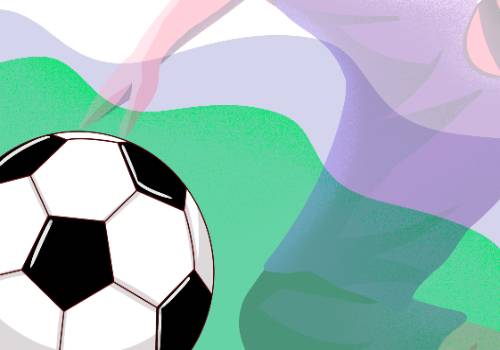



























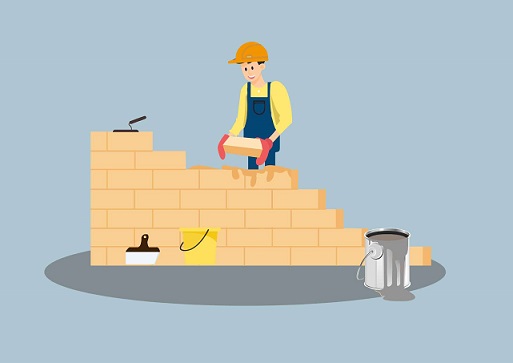



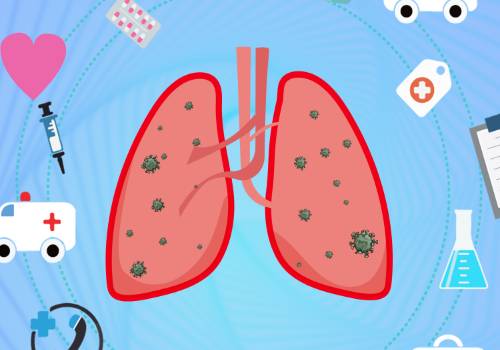







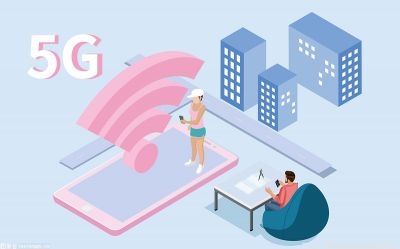








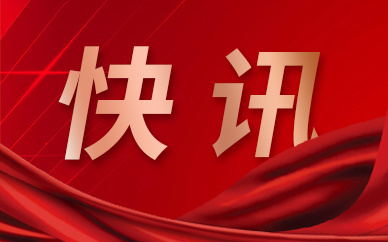

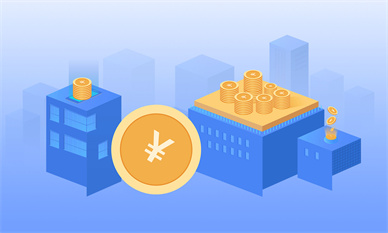
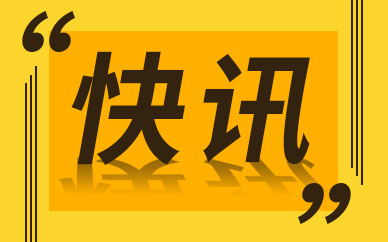




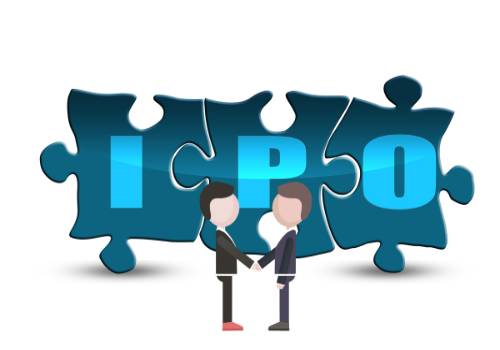




 营业执照公示信息
营业执照公示信息